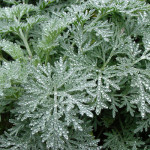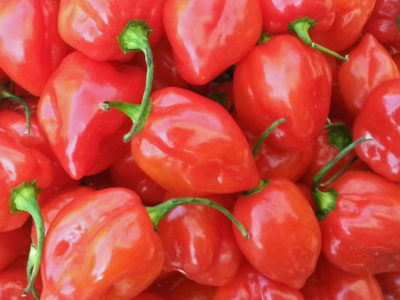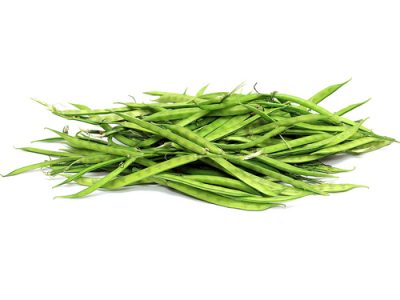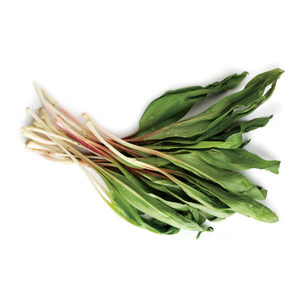
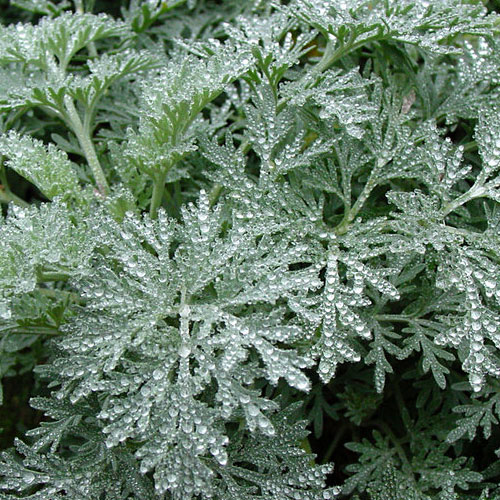
Absinthe Interesting Facts And its Uses
Absinthe
Plants prima-facie lives under the sea and also solidly occupies maximum portion of the earth. Plants and trees are mainly depended on sunlight, water and nutrients from the soil. There are numerous aromatic and medical plants in this world and some of these plants are tulsi, spearmint, betelvine, pippali, kesar, lemon grass, kapur kachri, chamomile and Isabgol. Ayurveda, Homeopathy and Siddha Medicines are gaining momentum since the medicines they prescribe are herbal based. This topic will deal with a plant name Absinthe which is commonly referred as wormwood in English. The botanical name of this plant is Artemisia absinthium. The other common names of this plant are absinthium, absinthe wormwood, wormwood, common wormwood, green ginger or grand wormwood.
Properties And Its Growth
Wormwood is a species of Artemisia which is native to temperate regions of Eurasia and Northern Africa and widely naturalized in Canada and the northern United States. It is grown as an ornamental plant and is used as an ingredient in the spirit absinthe as well as some other alcoholic drinks. Abisinthe is herbaceous perennial plant which has fibrous roots. The straight stems achieve a height of 0.8–1.2 m. At times it reaches a height of 1.5 m, but, sometimes even larger. The spirally arranged leaves are greenish-grey above and white below covered with silky silvery-white trichomes. The length of the basal leaves is 25 cm long with lengthy petioles. The flowers are pale yellow, tubular and clustered. Flowering starts during summer to early autumn and pollination is anemophilous. The seed dispersal is by gravity. This plant grows in disturbed areas, rocky slopes, and uncultivated lands and at the edge of the footpaths. This plant can be cultivated in dry soil, mid-weight soil, fertile soil and soil rich in nitrogen.This plant also found in Kashmir valley of India.
Medicinal use
Absinthe has a long history of medicinal use. It has been used to treat a variety of ailments, such as digestive problems, headaches, depression, stress, and insomnia. It has also been used as a tonic to improve circulation and help with digestion, as well as to boost the immune system. In addition, absinthe has been used to treat digestive and liver ailments, such as jaundice, and to reduce fevers. Today, absinthe is still viewed as a medicinal drink, with many of its traditional uses still being employed.
Interesting Fact About Absinthe
Renowned author Mr. Nicholas Culpeper insisted that wormwood was the key to understanding in his 1651 book ‘The English Physician’. Even William Shakespeare has mentioned the name of this plant in his play Romeo and Juliet. Another famed author Mr. John Locke has mentioned about this plant in his book “An Essay Concerning Human Understanding”. Absinthium is traditionally used medicinally in Europe, and is believed to stimulate the appetite and relieve indigestion.
Note
This plant and its cultivars namely ‘Lambrook Silver and Mist” have gained the Royal Horticultural Society’s Award of Garden Merit. The name Artemisa comes from Ancient Greek world Artemis. Artemis was considered as a goddess of the hunt and protector of the forest and children.

